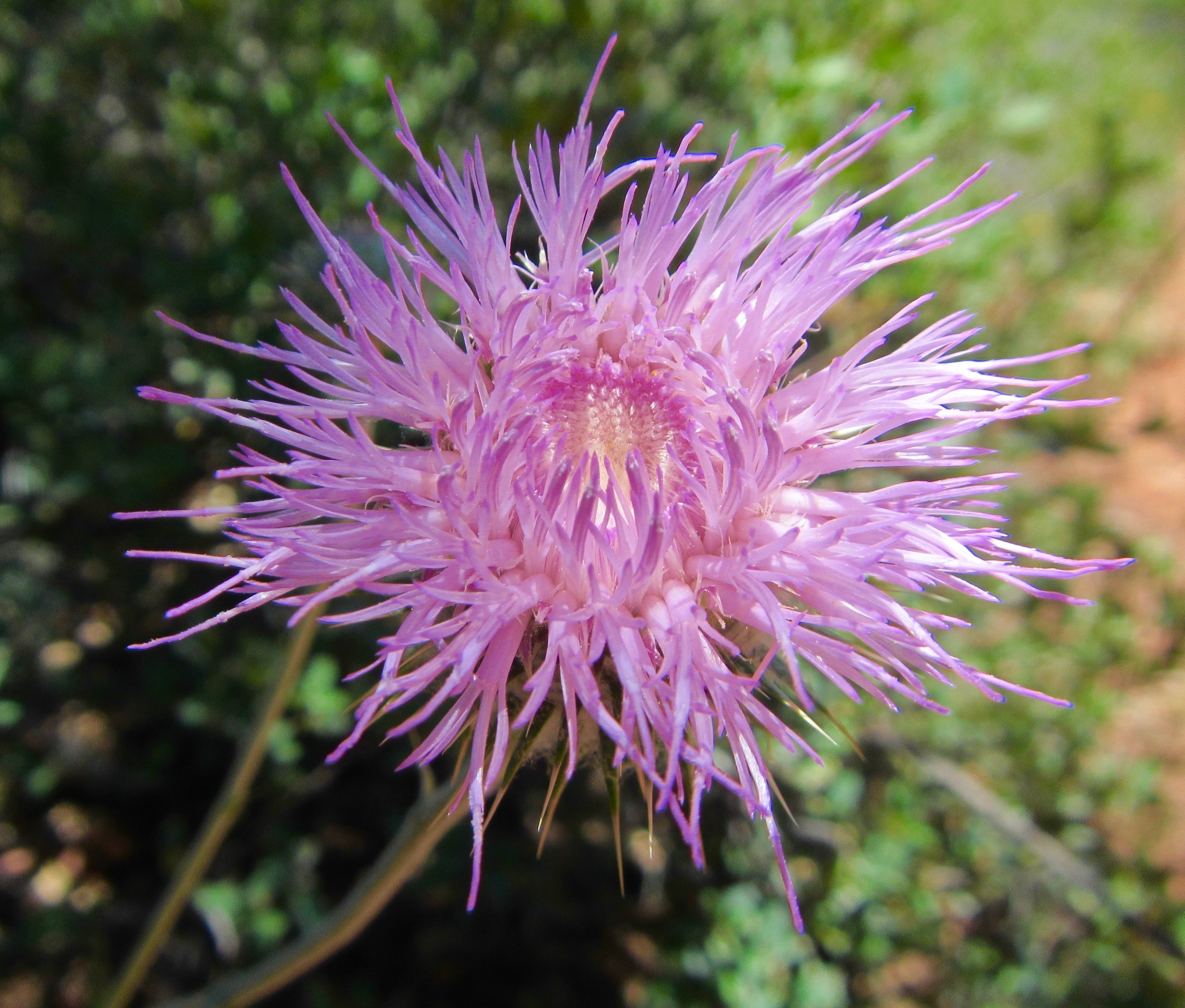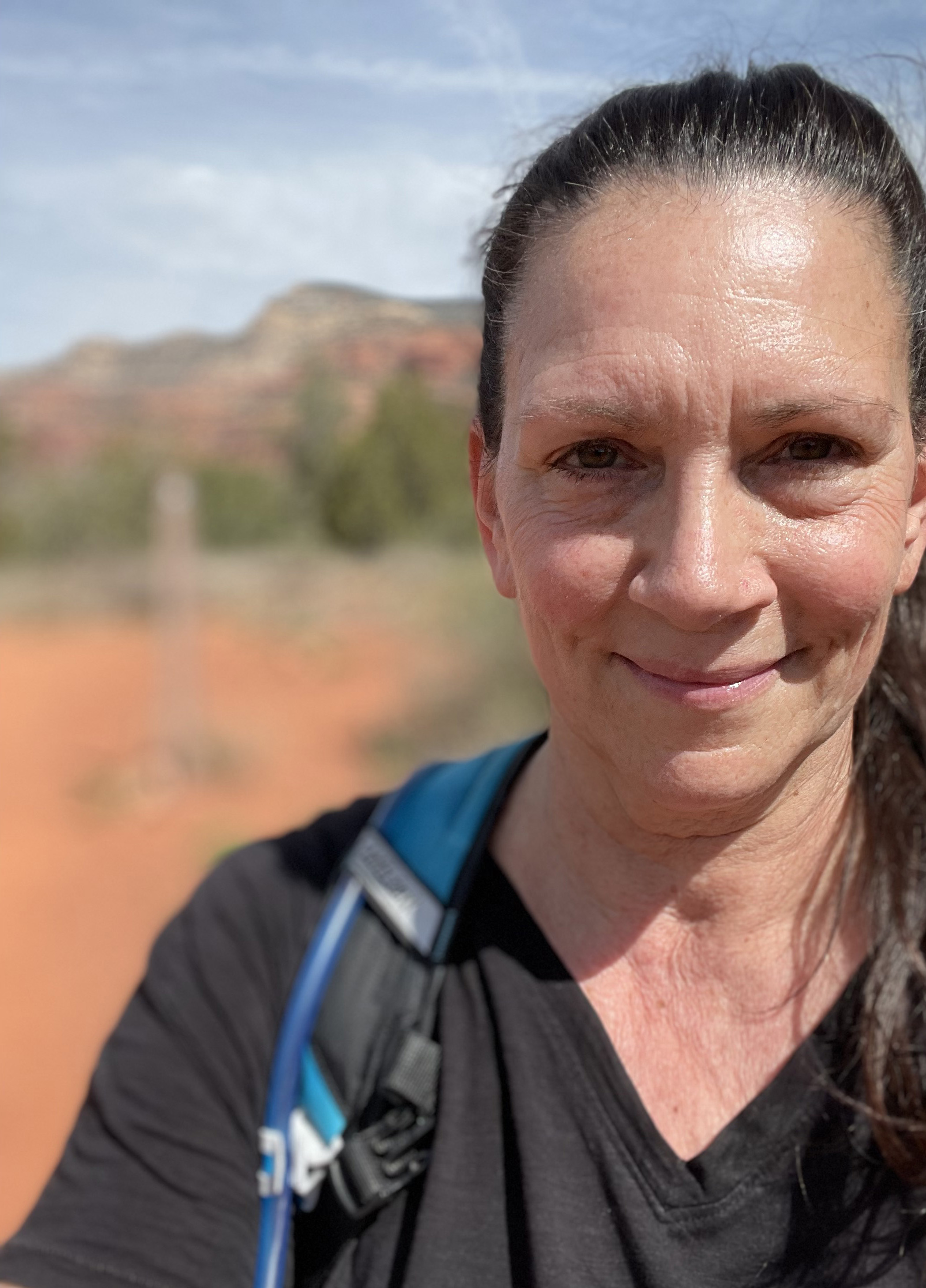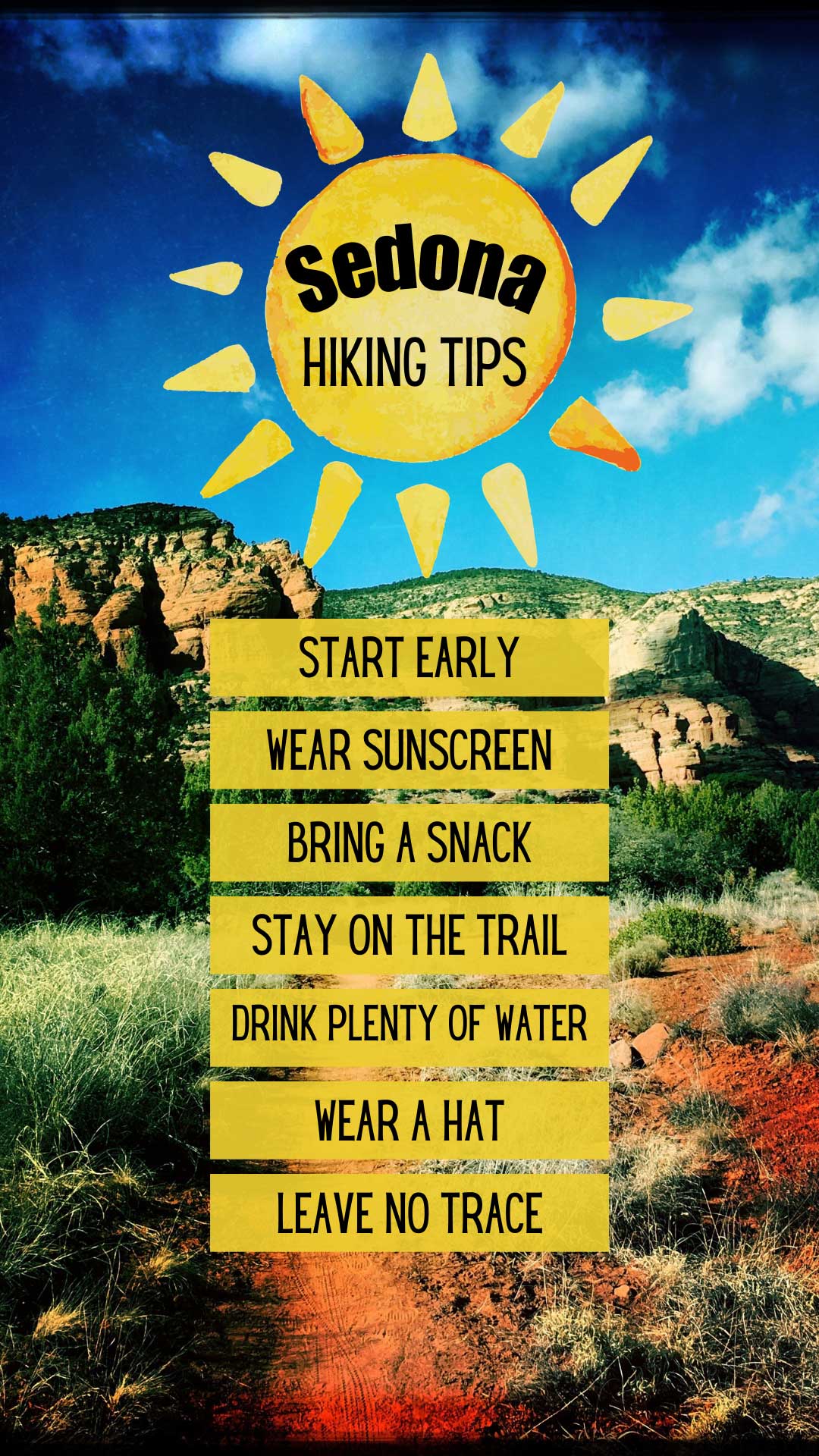Sedona Wildflowers: A Blooming Wonderland in the Red Rocks
Sedona, Arizona, isn’t just about red rocks, vortex energy, and mystical sunsets, it’s also home to a breathtaking display of wildflowers that bring the desert landscape to life in vibrant color. From late winter through early fall, Sedona’s trails and meadows burst with delicate blooms, transforming this high-desert paradise into a painter’s palette of yellows, purples, reds, and whites.
Whether you’re hiking along Oak Creek, exploring the mesas, or simply driving through the scenic byways, Sedona’s wildflowers are a seasonal spectacle worth chasing.




When to See Sedona’s Wildflowers
Sedona’s wildflower season depends on rainfall and temperatures, but here’s a general guide:Where to Find Sedona’s Wildflowers
- Late February – March → Earliest signs of life emerge in lower elevations, with desert marigolds and globe mallow leading the way.
- April – May → Peak bloom for many species along Sedona’s most popular trails.
- June – July → A quiet period before monsoon season, but cactus blooms dazzle in brilliant shades.
- Late July – September → After summer rains, the high desert explodes with late-season blooms, especially golden sunflowers and scarlet gilia.
Sedona offers countless opportunities to see wildflowers up close, whether you’re hiking, picnicking, or just exploring the scenic drives. Here are some of the best spots:
1. West Fork Trail
Nestled along Oak Creek Canyon, West Fork offers one of the richest displays of wildflowers in Sedona. Shaded by towering canyon walls, this lush environment provides the perfect home for columbine, penstemon, and delicate bluebells. In late spring, entire stretches of the trail come alive with vibrant reds and purples.
2. Brins Mesa & Soldier Pass Trails
Starting near Uptown Sedona, these trails wind through open mesas where golden brittlebush and scarlet globe mallow paint the desert floor. During good bloom years, you’ll find splashes of yellow and orange stretching toward the red rock cliffs. Bonus: combine these trails for a scenic loop and double the wildflower viewing.
3. North Wilson Mountain Trail
Located in the Red Rock Country near Sedona, the North Wilson Trail begins at the quaint Encinoso Picnic Area.
Though this trail predominantly features dramatic rock cliffs, dense juniper and ponderosa pine forest, and sweeping canyon views, hikers have reported discovering wildflowers particularly on the north-facing slopes of the side canyon.
4. Dry Creek Road Area
Near trails like Boynton Canyon and Doe Mountain, the Dry Creek area erupts with wildflowers after good rains. Here, you’ll often spot wild sunflowers waving in the breeze and carpets of purple aster spreading across open meadows.
5. Oak Creek Vista & Indian Gardens
Driving through Oak Creek Canyon in late spring is a wildflower lover’s dream. Pull off at Oak Creek Vista for sweeping views dotted with flowering shrubs, or stop by Indian Gardens Café where their shaded garden blooms beautifully all season.
Tips for Wildflower LoversThe Magic of Sedona in Bloom first block of text...
- Go Early → Morning light is perfect for photography, and trails are cooler and less crowded.
- Leave No Trace → Stay on trails to protect delicate blooms and avoid damaging root systems.
- Check Recent Rainfall → A wetter winter or summer monsoon means more spectacular displays.
- Bring Water & Snacks → Sedona’s high-desert sun can be intense even during wildflower season.
- Pair Hiking with Scenic Drives → Roads like Hwy 179 (Red Rock Scenic Byway) and Hwy 89A through Oak Creek Canyon offer stunning roadside blooms.
Sedona’s wildflowers aren’t just a pretty backdrop — they’re a reminder of resilience and renewal in the desert. Against a rugged red-rock landscape, these delicate blooms bring a sense of wonder and hope with every season. Whether you’re strolling through shaded creek beds or standing on a mesa dotted with golden blossoms, Sedona’s wildflowers invite you to slow down, breathe deeply, and reconnect with nature’s rhythms.

